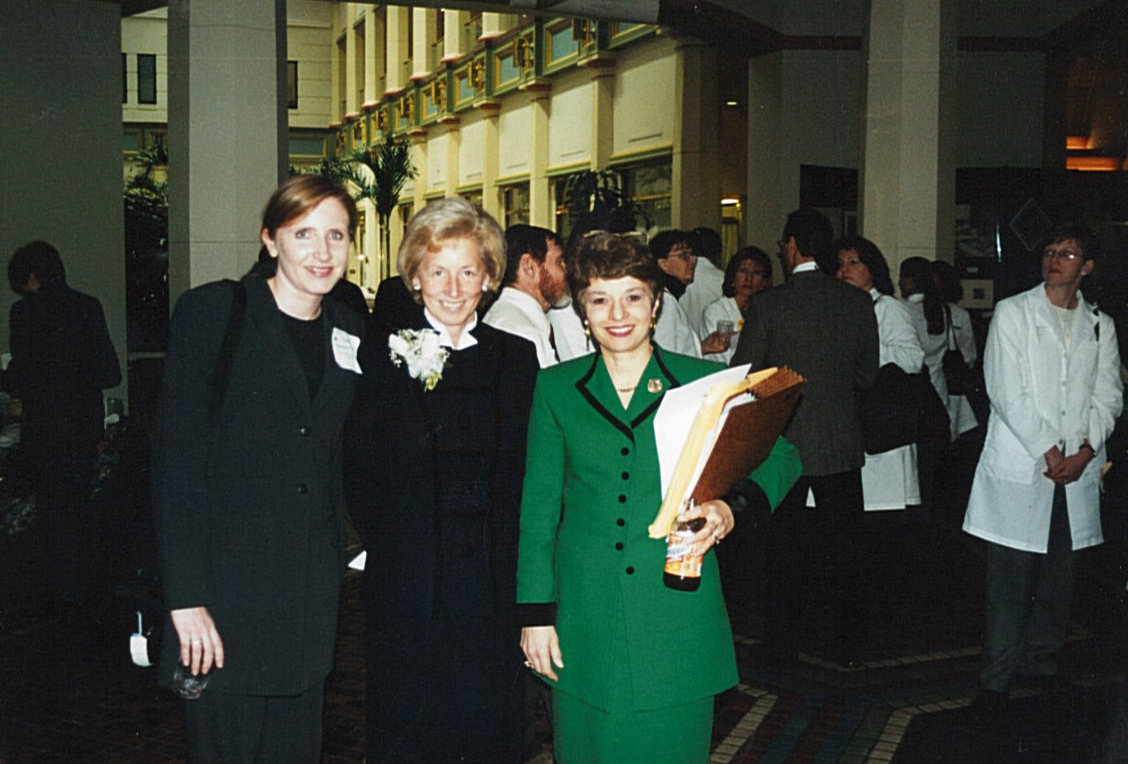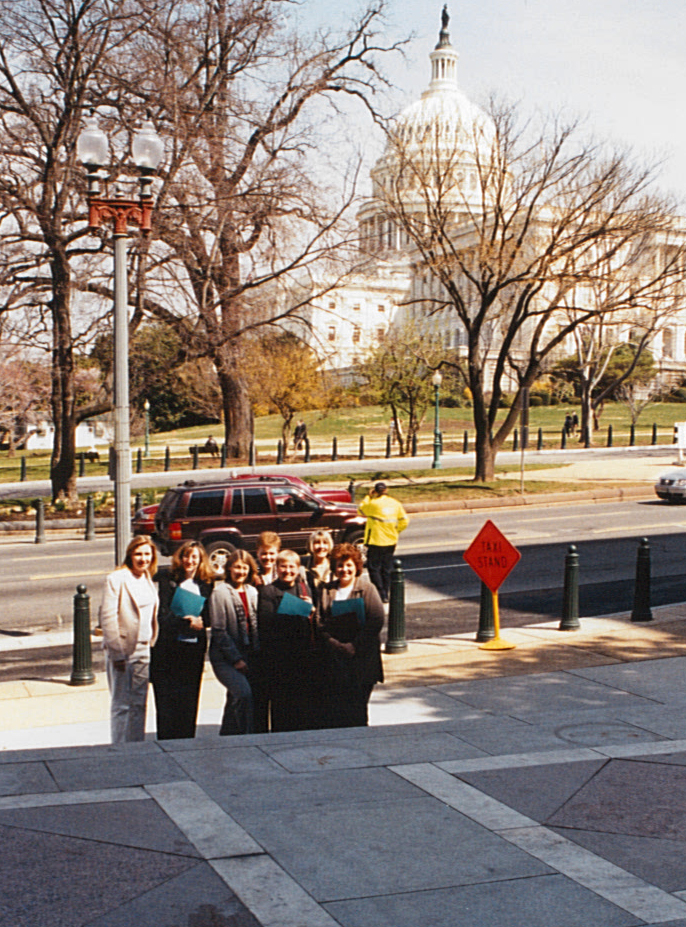Creating a Coalition for The Future of Nursing, USA
When united around a common goal, coalitions can leverage the strengths of differences amongst stakeholders.
In 2010, the Robert Wood Johnson Foundation and AARP created The Future of Nursing: Campaign for Action. Through the Campaign, every U.S. state has established an Action Coalition (AC) committed to implementing the recommendations of a landmark Institute of Medicine (IOM) report: “The Future of Nursing: Leading Chance, Advancing Health.” The Future of Nursing recommendations include improving access to care, fostering interprofessional collaboration, promoting nursing leadership, transforming nursing education, increasing diversity in nursing, and collecting workforce data.
Coalitions are inherently complex, because they involve a variety of stakeholders, usually in a volunteer capacity, working toward goals that can be achieved through various means. By definition, these stakeholders have differing perspectives, capacities, and priorities. While coalition models enable multiple solutions and empower cross-sector collaboration, they are particularly susceptible to confusion, disagreement and .consequent disengagement.
In order to avoid these pitfalls, the Pennsylvania Action Coalition (PA-AC) evolved to resemble a non-profit organisation with a governing board. In 2015, the PA-AC leadership formalized this structure through governing principles, confidentiality and conflict of interest agreement, and clearly defined roles and responsibilities. The board members agree upon the mission and vision of the coalition, and the policies around governance, conflicts, and confidentiality facilitate a focus on those shared goals.
The new coalition structure allows for a range of strategies to coexist, while maintaining the engagement and support of the board members. In 2016, the PA-AC raised nearly £250,000 to support nursing diversity. Simultaneously, it established a programme to help hospitals in Pennsylvania to adopt evidence-based residency programmes. Other work included collecting data on doctorate-level nurses, creating videos highlighting diverse nurses and sharing information about academic progression models.











